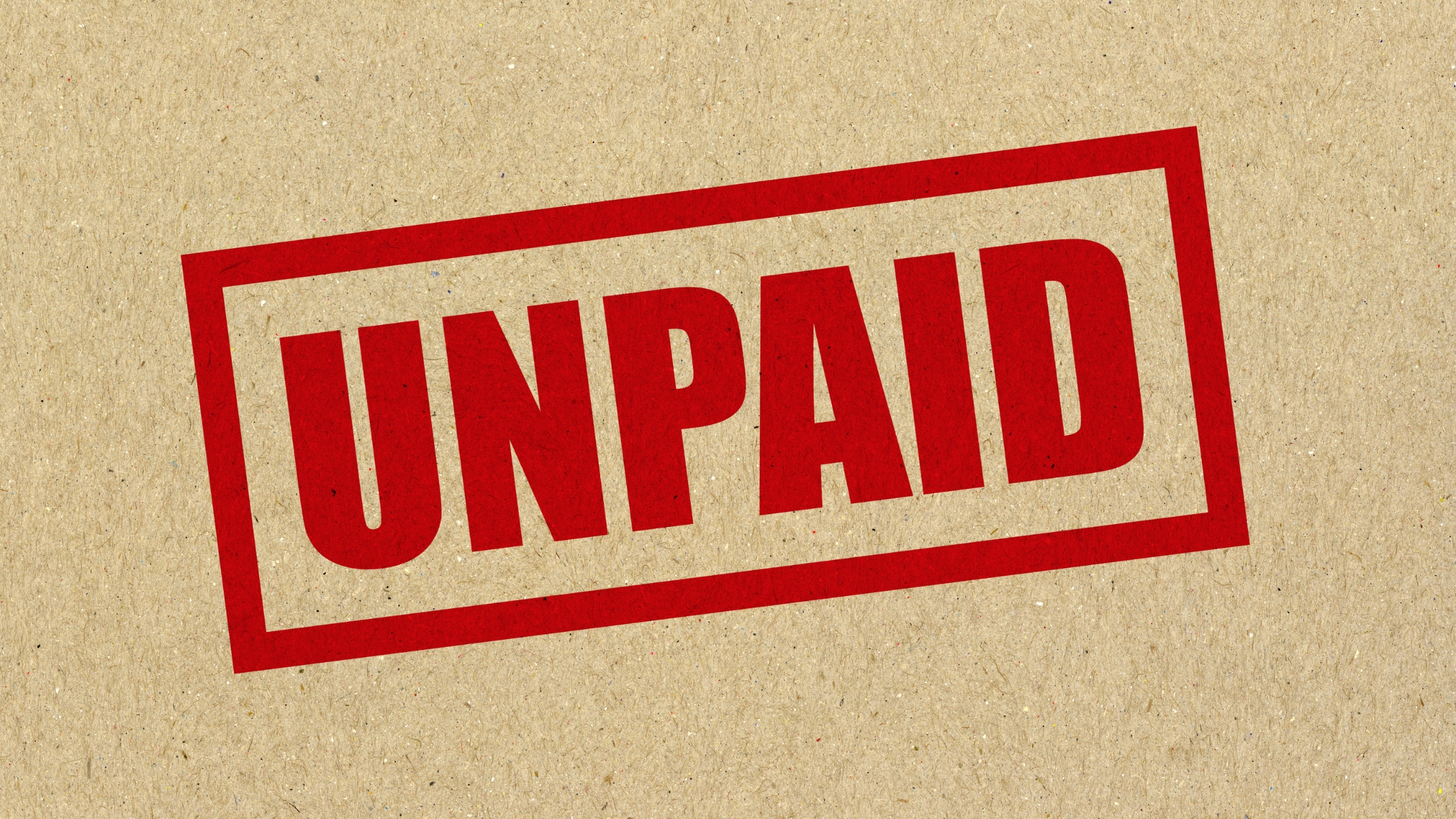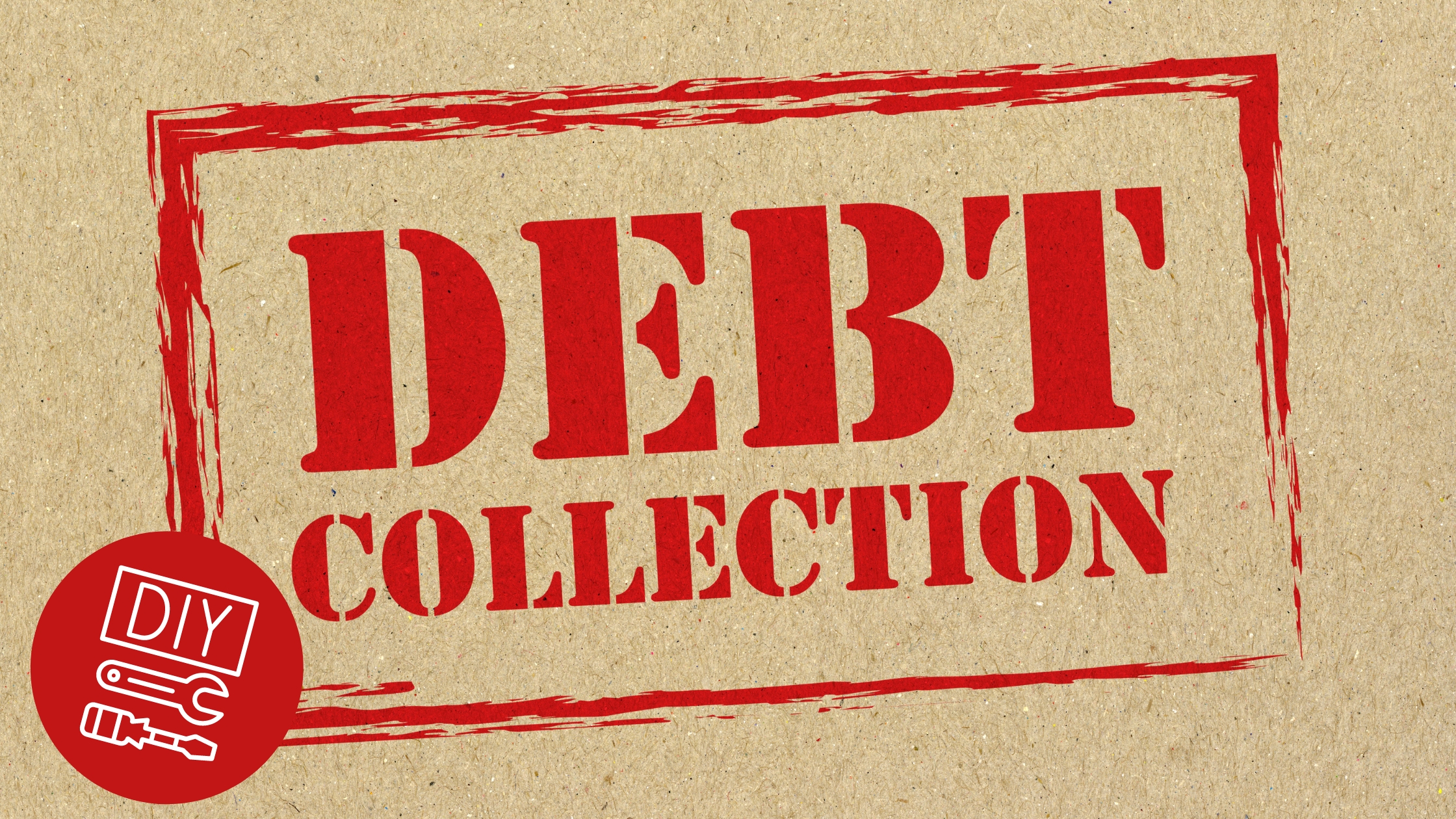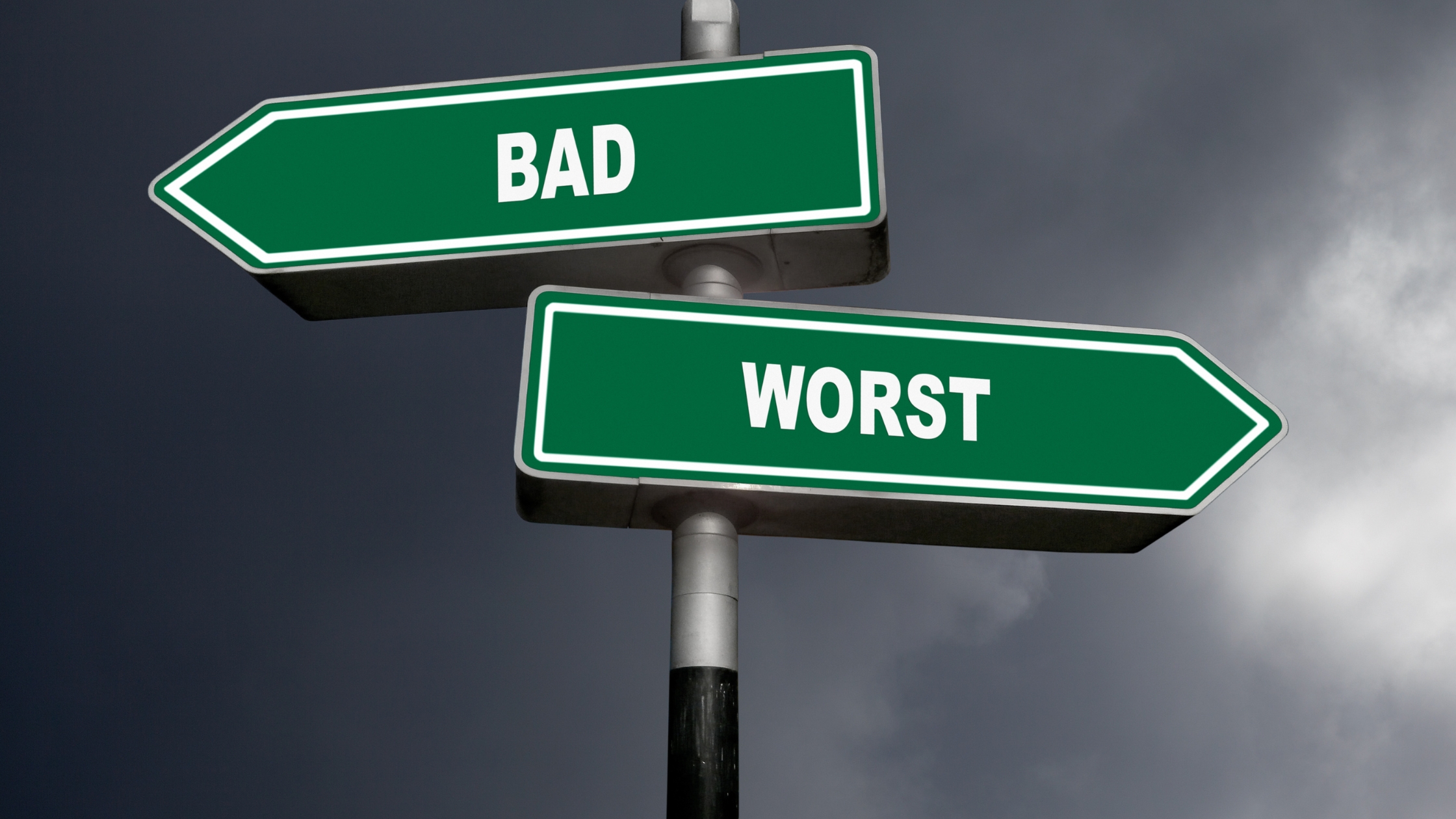The coronavirus brought a dramatic and immediate shift in debt collection.
Creditors also imposed payment freezes, negotiated on extended payment arrangements, as well as, in many cases, paused collection operations in their entirety.

This pandemic resulted in a substantial decline in the accumulation of debts and the recovery of receivables and what’s going to happen as we step from the “new normal”.
Inevitably, we’ll see a big change back to debt collection practices powered by a backlog of debts building up, and more companies will fail to handle their creditors. No one really knows the scale of the potential surge in company wind-ups and more financial problems. Businesses would also make the best possible choices on the basis of experience and survival instincts. Now is the time not to make mistakes.
Change your framework
All sectors will need to be adaptive. Adjust how they operate, sell and be smart in debt management strategies. This applies to the creditor, the debtor, and the debt collector’s standpoint.
How data can be used to classify customer and company debt status, their willingness to pay, and their financial situations will become increasingly relevant for debt collection strategies. Ensuring that different payment methods are in effect for those seriously affected is an established way of ensuring a positive collection outcome for all parties involved.





